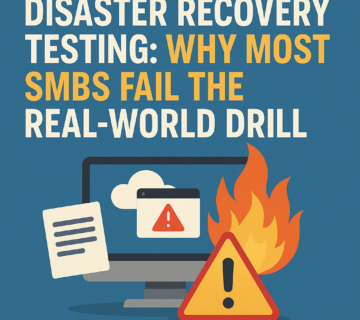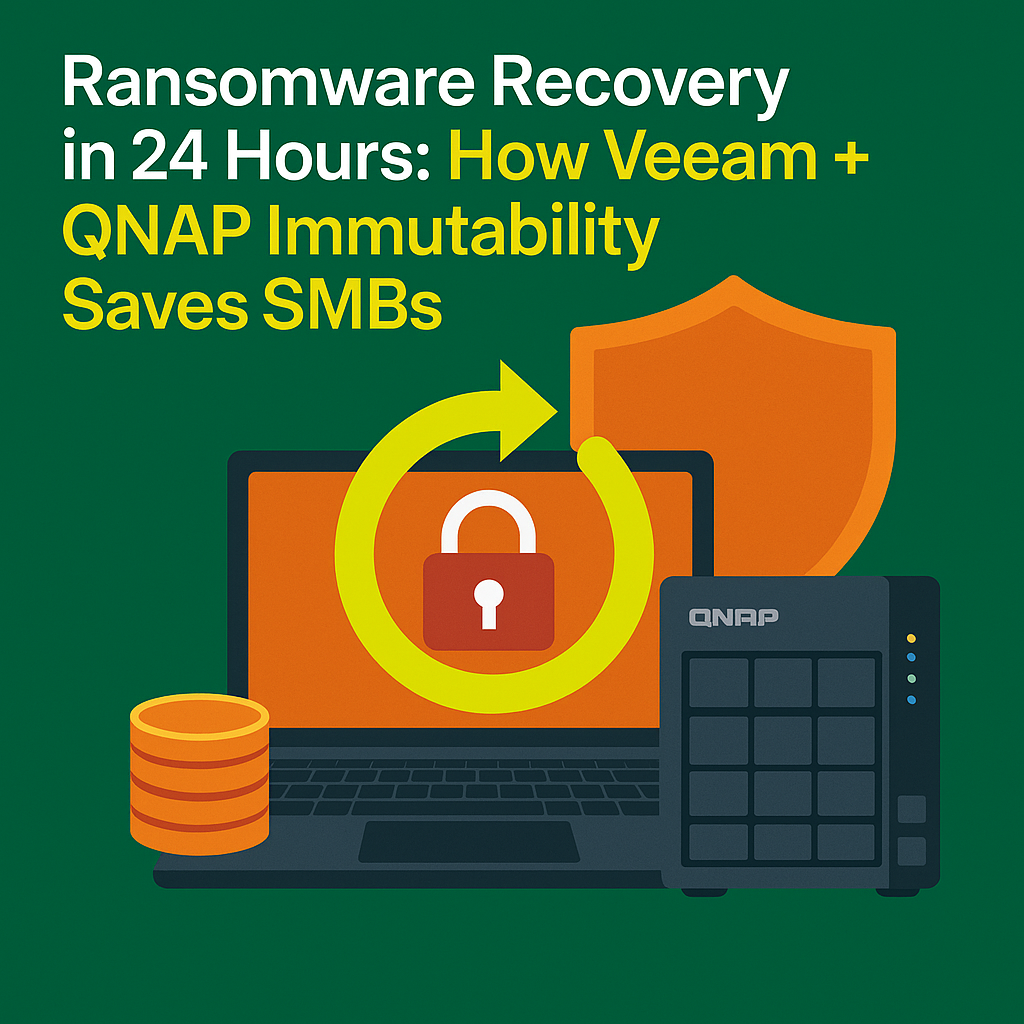How Gmail Hackers Have Control of 2FA, Email, and Number? Here’s What to Do
Hacking incidents are no longer confined to professionals. Cybercriminals, armed with new and sophisticated techniques, can break into accounts with alarming ease. One of the most distressing and increasingly common hacking cases involves Gmail accounts. Worse, these hackers can bypass two-factor authentication (2FA) and seize control of your recovery email and phone number. If you’re reading this because you’ve fallen victim to such an attack or want to protect yourself from future threats, don’t worry. There’s still hope for recovery and ways to fortify your Gmail account.
What is Gmail Hacking and How Does It Work?
Gmail hacking is the unauthorized access of a Google account, including all associated services such as Gmail, Google Drive, and Google Photos. Hackers usually use phishing, social engineering, or malware to steal your login credentials. After gaining access to your account, they can lock you out by changing the recovery email, phone number, and even your password, leaving you with little or no control.
But how do hackers bypass 2FA, which is considered one of the most secure ways to protect your account?
How Do Hackers Bypass 2FA on Gmail?
While two-factor authentication (2FA) adds an extra layer of security, it is not invincible. Hackers have devised several ways to bypass it, exploiting system vulnerabilities and weaknesses in user behavior. Here are the most common ways hackers achieve this:
- Cookie Theft: Hackers can steal session cookies that validate a user session after the 2FA step has been completed. Once they have this cookie, they can effectively hijack the session without needing the second factor for authentication.
- Phishing Scams: Attackers send fake login pages or phishing emails mimicking Google, prompting users to enter both their credentials and the 2FA code. Once this information is submitted, the attacker uses it to gain access to the account.
- SIM Swapping: A hacker convinces your mobile carrier to transfer your phone number to a new SIM card. Once they have your number, they can intercept 2FA codes sent via SMS, making it easy to access your Gmail.
- Malware: Some advanced malware can capture authentication codes directly from your device before you even see them.
- Man-in-the-Middle (MitM) Attacks: These attacks intercept communication between your device and Google’s servers, allowing hackers to capture your 2FA code in real time.
What Should You Do If Your Gmail is Hacked?
If you suspect that your Gmail has been compromised, especially if your 2FA, recovery email, or phone number has been altered, follow these steps immediately:
1. Start the Account Recovery Process
Google offers a comprehensive recovery process even if your account recovery details have been changed. Follow these steps:
- Go to the Google Account Recovery page.
- Use a device and browser you’ve used previously to sign in to your account.
- If prompted, enter the last password you remember, even if the hacker has since changed it.
- Google may ask you to verify your identity by answering security questions or verifying your recovery email or phone number (if they haven’t been changed).
- Be prepared for delays. Account recovery requests can take hours or even days to process depending on various risk factors.
2. Use Trusted Devices and Locations
When attempting account recovery, it is advised to use a device and location where you’ve previously accessed the Google account. For instance, if you normally check your email at home on a laptop, try to recover your account from there.
3. Provide Accurate Information
If asked for previous passwords, input the most recent one you remember—even if the hacker changed it. Google uses this information to verify that you are the rightful account owner. Also, if you can’t recall any older passwords accurately, take your best guess. Providing some level of accuracy helps Google identify your account.
4. Enable Extra Security Measures
After recovery, ensure you re-secure your account:
- Set a Strong Password: Avoid using any old passwords and opt for a strong, unique one.
- Update Recovery Information: Change your recovery phone number and email immediately after recovery.
- Use Google’s Advanced Protection Program: If you’re frequently targeted by hackers, consider enrolling in Google’s advanced security program designed for high-risk users like journalists and politicians.
5. Secure Your Devices
After regaining access, check for malware on your devices. Use a trusted antivirus or anti-malware program to scan and remove any suspicious files that could be logging your activity or stealing session cookies.
6. Contact Google Support
In some cases, contacting Google Support or even YouTube support via social media may offer direct assistance. If you have a YouTube account associated with your Google account, using it to get support may help speed up the recovery process.
How to Prevent Future Hacks on Gmail
Preventing future hacks is easier than recovering from one. Here are key ways to bolster the security of your Gmail account:
1. Use a Password Manager
Password managers can generate and store complex passwords, ensuring that your Gmail password is unique and hard to guess.
2. Enable Hardware-Based 2FA
Instead of relying on SMS-based 2FA, consider using a hardware security key, like Google’s Titan Key or a YubiKey. These devices ensure that your second-factor authentication is bound to a physical object that hackers cannot steal digitally.
3. Monitor Account Activity
Regularly check your Google account’s recent activity for any unfamiliar devices or logins. You can do this in the Security section of your Google Account settings.
4. Use Google’s Passkeys
Passkeys, a more secure alternative to 2FA, are resistant to phishing attacks and don’t rely on SMS or email-based verification. Google is encouraging users to adopt these across various services for stronger protection.
5. Update Software Regularly
Keep your browser, apps, and operating systems updated to the latest versions. Google and other platforms frequently release security patches that close vulnerabilities exploited by hackers.
Conclusion
Gmail hacking can be a daunting and frustrating experience, but there are effective steps you can take to recover your account and safeguard it against future attacks. By following Google’s recovery process, using trusted devices, and implementing robust security measures like passkeys or hardware 2FA, you can reduce the risk of being hacked again. Remember to always stay alert and proactive about your account security. Cybercriminals are continually developing new methods to exploit weaknesses, so it’s crucial to remain vigilant and updated on the latest security practices.
FAQ Section
Q1. Can I recover my Gmail account if the hacker changed the recovery email and phone number?
Yes, it is possible to recover your account even if the hacker has changed the recovery information. Follow Google’s account recovery process and try using a familiar device and location for faster identity verification.
Q2. How do hackers bypass two-factor authentication (2FA)?
Hackers use techniques such as cookie theft, phishing scams, SIM swapping, and man-in-the-middle attacks to bypass 2FA. These methods allow them to intercept or bypass the second layer of security.
Q3. What should I do if my Gmail is hacked?
Start the account recovery process immediately using Google’s official recovery tools. Use familiar devices and provide accurate information like old passwords to verify your identity.
Q4. How can I prevent future Gmail hacks?
Enable hardware-based 2FA, use a password manager, monitor account activity, update your software regularly, and consider using Google’s Passkeys for enhanced security.
Q5. What is SIM swapping, and how does it affect Gmail security?
SIM swapping occurs when a hacker convinces your mobile carrier to transfer your phone number to a new SIM card. Once they control your number, they can intercept 2FA codes and gain access to your Gmail account.
Q6. How does Google protect against session-cookie theft?
Google employs high-frequency cookie rotation, device-bound session credentials, and risk-based re-authentication to defend against session-cookie theft, which hackers use to bypass 2FA protections.
About Technijian
Technijian is a premier provider of managed IT services in Orange County, delivering top-tier IT solutions designed to empower businesses to thrive in today’s fast-paced digital landscape. With a focus on reliability, security, and efficiency, we specialize in offering IT services that are tailored to meet the unique needs of businesses across Irvine, Anaheim, Riverside, San Bernardino, and Orange County.
Located in the heart of Irvine, Technijian has earned a reputation as a trusted managed service provider in Irvine for businesses seeking robust IT support. Our dedicated team of IT experts ensures that your technology infrastructure is always optimized, secure, and aligned with your business goals. Whether you require IT support in Irvine, IT support in Orange County, managed IT services in Irvine, or IT services in Orange County, we’ve got you covered. Our expertise also extends to providing managed IT services in Anaheim, IT support in Riverside, and IT consultant services in San Diego.
As a leader in IT support in Orange County, we understand the challenges businesses face when maintaining and advancing their IT environments. That’s why our comprehensive suite of services includes IT infrastructure management, IT support in Anaheim, IT help desk, and IT outsourcing services. With proactive monitoring, disaster recovery, and strategic consulting, our goal is to minimize downtime, enhance productivity, and provide IT security services that give you peace of mind.
At Technijian, we take pride in offering customized managed IT solutions that exceed client expectations. From small businesses to large enterprises, our IT services in Irvine are designed to scale with your needs and support your growth. We specialize in cloud services, IT systems management, business IT support, technology support services, IT network management, and enterprise IT support. Whether you’re looking for IT support in Riverside, IT solutions in San Diego, or managed services in Orange County, Technijian has the expertise to meet your requirements.
Our managed service providers in Orange County offer comprehensive solutions for every business need. Whether you need help with IT performance optimization, IT service management, or IT security solutions, we provide services that enable businesses to remain agile in today’s competitive market. Our IT support services in Orange County and managed IT services in Irvine ensure your operations remain secure, productive, and future-ready.
We also offer managed service provider services and IT support in Irvine, CA, focusing on delivering efficient and scalable IT services across Southern California. Technijian is committed to providing IT managed services in Irvine, IT support in Anaheim, and IT services in Orange County, CA that adapt to the ever-changing demands of business technology.
Experience the difference with Technijian—your trusted partner for IT consulting services, managed IT services, and IT support in Orange County. Let us guide you through the complexities of modern IT infrastructure and help you achieve your business objectives with confidence.






